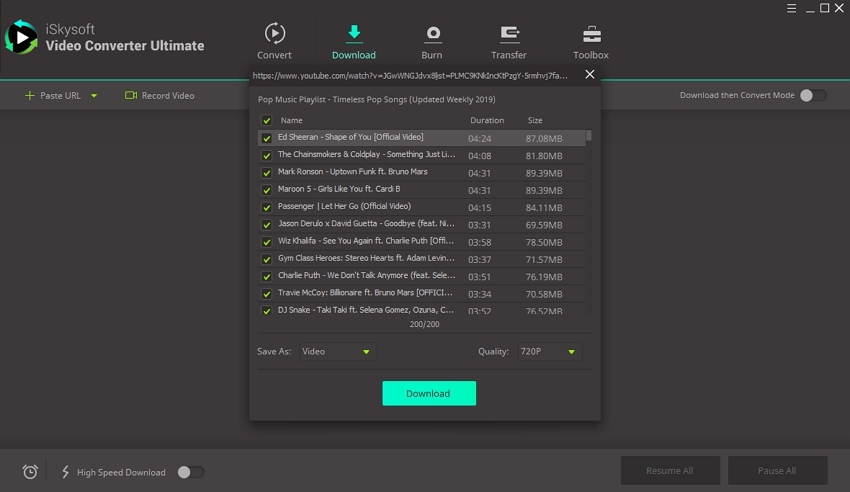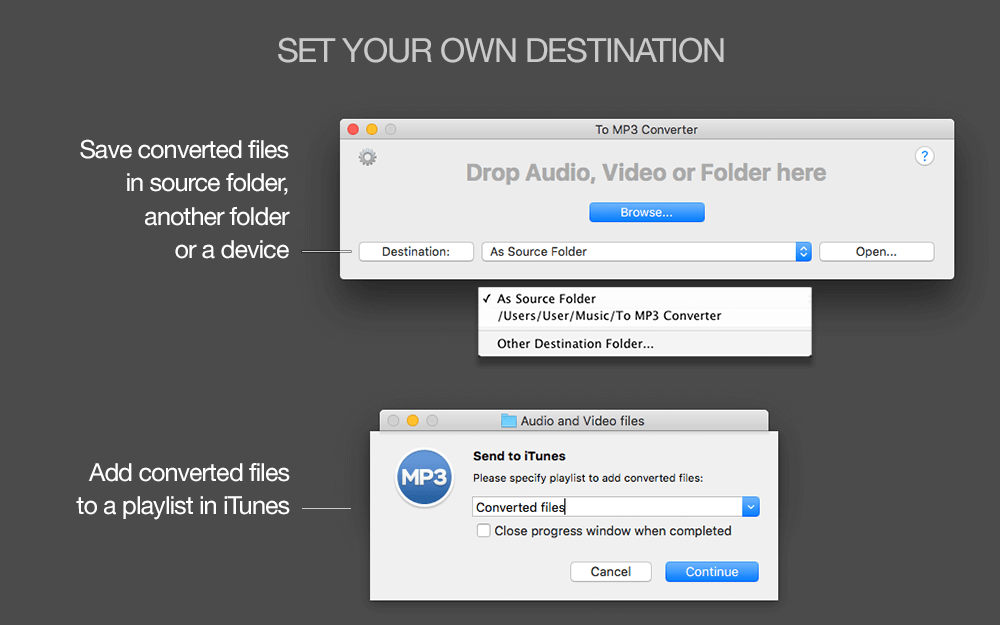
How To Create A Link For A Video File Mac
(sorry for long comment – this is part I of III) Couple of things: first, I always love to see people talking about embedding video in email. Senders have tried to use embedded video in email for years and when I see articles like this, it reinforces the idea that embedding video in email is now possible. So my overall reaction is highly positive. Senders are thirsty for this information, and I think this approach gets senders 50% of the way there.
Gba emulator mac. I did want to point out a couple of things about this code – it is a bit self-serving but I think still represents a technically useful perspective so I hope you allow my comment to go live. 1) The Android approach here is on the right track, but it’s not comprehensive enough to cover the 3,500+ Android devices in existence. A more comprehensive tag is needed to ensure Android compatibility. It should also be noted that the general Android approach here does come with a sacrifice: Windows Phones (Nokia in particular). The sacrifice is worth making for most senders, but senders should be aware of it. The Nokia phones don’t handle the DIVs properly.
HTML pages can contain links that open PDF files within a web browser by using an Adobe Acrobat product (Adobe Acrobat Professional or Standard, Adobe Acrobat 3D, or Adobe Reader) plug-in that is installed into supported versions of Netscape Navigator, Mozilla Firefox, Microsoft Internet Explorer, or Safari (Mac OS). I have.mov video files (video footage) on the server. I would like to make these files accessible for download, via link. Right-clicking (Windows or Mac with a suitable mouse) and choosing 'download linked file' or equivalent.
This reply was created from a merged topic originally titled. I have the application frame turned off. Looking forward to a fix for PSCC.  Note: This is NOT about the application frame.
Note: This is NOT about the application frame.

2) This code doesn’t solve a major issue with a very popular webmail client, Outlook.com. When Outlook.com is opened in any browser other than Chrome functioning player controls in the mail client don’t render. The solution is to serve a custom poster image with a “right click to play” message. The only way to accomplish this is to use device/client detection and to serve a custom asset. (part II of III) 3) This code doesn’t solve the “analytics issue,” which many practitioners would argue is even more important than being able to embed video in the first place. Senders need to know how many people are clicking to play the video, how many recipients are served video, and how many are served a backup asset.
This is especially true when a primary goal of the mailing is to drive video views. Since clicking embedded video within a mail client doesn’t result in a clickthrough event, the only way to solve the problem is to use custom click-tracking infrastructure that is able to sense whether a video’s been played based on how it is being requested from the server. 4) This approach relies on a 2-tier waterfall model where video always fails over to an image. In my experience, senders generally prefer a 3-tier waterfall model, where video fails to an animated.GIF video, and if.GIF can’t be served, then a static image is served instead.
The reasons senders generally prefer the 3-tier model are twofold. First, it tends to drive higher click rates (we observe an average 15% uptick when serving.GIF videos vs. Static images with play button overlays) and second, it generally creates a more dynamic experience in the inbox. Although it is possible to fail over to a.GIF animation using this code example, it’s not desirable because senders are forced to use the first frame of the GIF as the default image. That is a problem solved by device/client detection. The second reason it’s undesirable is that some mail client will force the download of the.GIF before displaying the first frame, which then introduces an experience challenge. That problem is solved by device detection as well.